Orkney is a great place to see birds. Here are a few of the many, many, pictures we took of fulmar, guillemots, great skuas, cormorants, puffins, oyster catchers, eider ducks, swans, gulls, razorbills …
Do you have a favourite?
Orkney is a great place to see birds. Here are a few of the many, many, pictures we took of fulmar, guillemots, great skuas, cormorants, puffins, oyster catchers, eider ducks, swans, gulls, razorbills …
Do you have a favourite?
The Italian Chapel on Orkney was created from two Nissan huts and decorated by Italian prisoners of war during WW2. It appears that the inside is clad with bricks and there’s elaborate moulding or carvings on the ceiling and walls, but that’s not the case – it’s all a beautiful optical illusion created with paint.
The chapel is found on the small island of Lamb Holm, now easy to reach on account of the Churchill Barriers – also built by the Italian prisoners of war.
The brough of Birsay is a small island, reached by a tidal causeway. There’s the remains of Pictish and Norse settlements, a lighthouse, lots of wild flowers, seabirds including puffins, a replica Pictish stone and the opportunity to get very wet if you’re daft enough not to check the tide times before you go!

Unfortunately I only saw the puffins at a distance. I didn’t get stranded though – the photo of me with the causeway partially submerged was just taken for dramatic effect. We stayed the night where you can see the van in the photo above, and watched the sea as we drank … wine! (Don’t worry, we’d had tea and cake before we crossed the causeway.)
Kirkwall isn’t a huge place, but it’s technically a city. There’s a port, which often has cruise ships moored (or anchored off for the really huge ones, or when there are a lot at once) a good range of shops for tourists and locals, a really good museum, couple of palaces (bishop’s and earl’s).
I believe what makes it a city however, is St Magnus’s Cathedral.
Sorry for the lack of detail about many of the places we’ve visited. Longer posts would mean fewer words added to the next novel in my cosy mystery series, and with the amount of exploring we’re doing, I haven’t been spending a huge amount of time on that.
Maeshowe is the best preserved neolithic tomb on Orkney and it holds the largest collection of runes outside of Scandinavia. Entrance is by guided tour only, in small groups. It’s not easy to get tickets – when we tried to book in early April there were only two dates left in June where we could both go together!
Runes, in case you didn’t know, are a form of Viking writing. The Vikings apparently broke into Maeshowe after it had been sealed up for centuries. The events are recorded in the Orkneyinga saga, which is possibly not entirely historically correct, but is very dramatic. Whilst in the tomb (they say sheltering from a storm, but I reckon looking for treasure) they left a lot of runic graffiti. Most of it seems to be along the lines of ‘Erik was here’ and boasts about how good they were at writing ruins, but there’s also a very detailed and beautiful ‘dragon’.
Photography isn’t allowed inside Maeshowe. Whilst that does spare you footage of me crouch-shuffling along the entrance tunnel it means you miss out on seeing those carvings. Or it would have done, had I not bought you a couple of postcards.
Two for the price of one* this week!
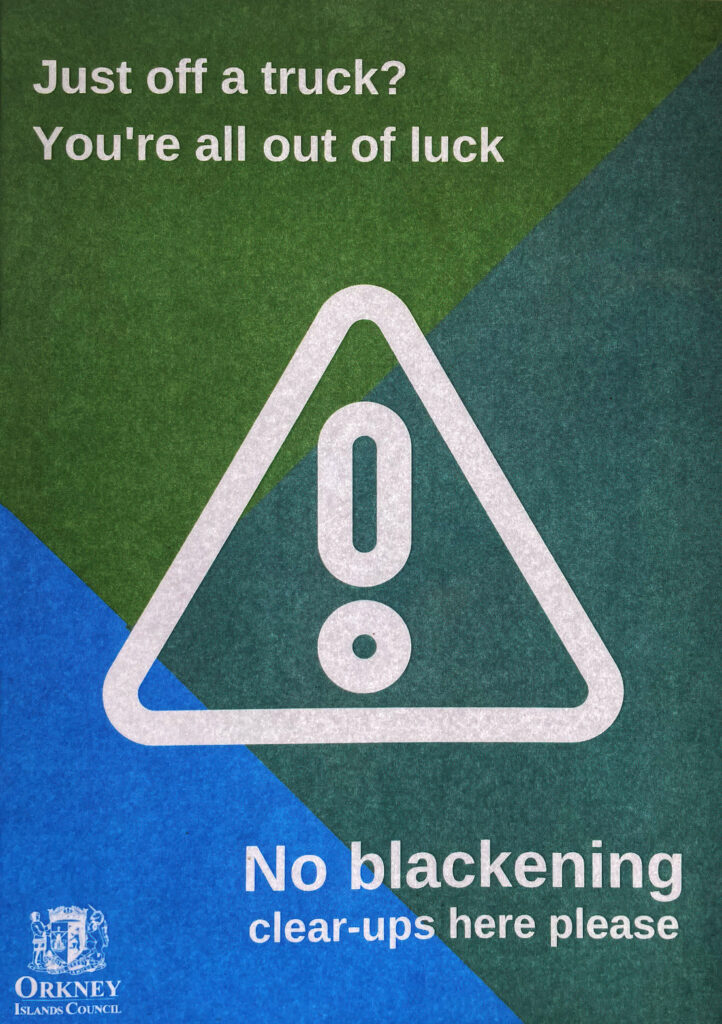
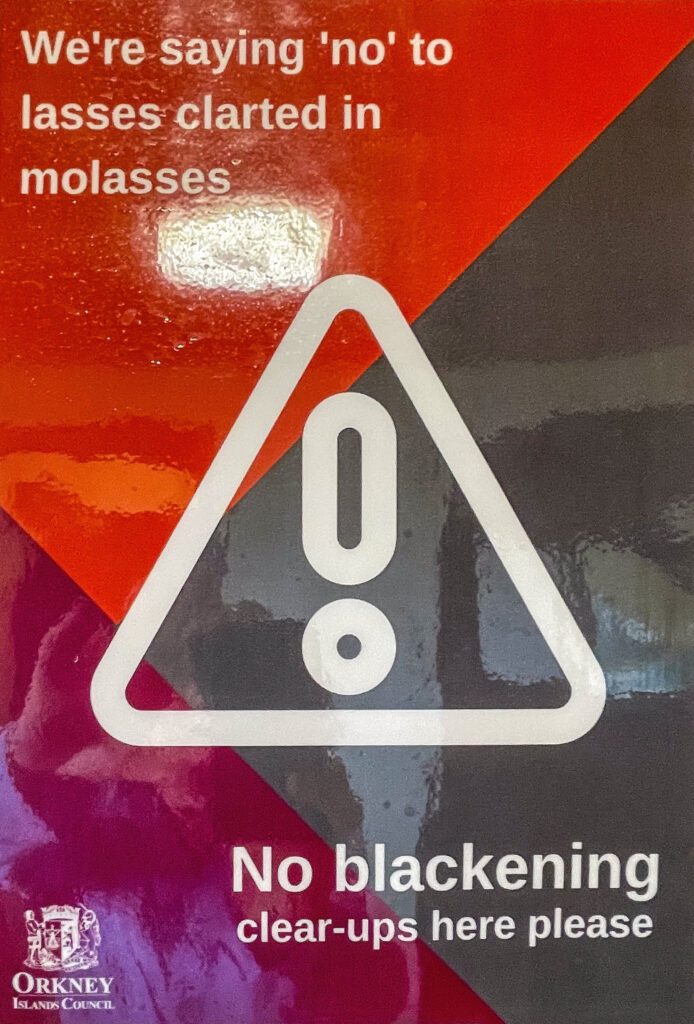
We’ve seen these signs in several beachside public toilets, here in Orkney. I knew clart meant sticky mud, or dirt generally, so guessed clarted meant to be covered in something messy, but overall the meaning was unclear to us, until we asked.
Blackening is a pre wedding tradition here. It usually happens on hen and stag dos, and involves covering the person about to be married in fish guts, manure and molasses. Then they drive about on trailers ot trucks, banging pans and things to make a lot of noise. One actually passed us at Scapa beach, but at the time we didn’t know what was happening.
*And here’s another bargain – my cosy crime novel for just 99p or 99c.
We extended our stay on Hoy so we could have a guided tour of a Martello tower – I’ve seen the outside of several and fancied having a nose inside. Glen, our guide, is clearly as passionate about the history of the barracks and tower as he is knowledgeable. We arrived early, so he started early, and when he learned we didn’t have to rush off, he carried on long past the regulation time period. One of the things which made it so fascinating was that Glen met and interviewed the person who lived in the barracks after it became a croft, and who was responsible for saving it – as well as providing amazing insights into what it was like there during war time. I’d share it with you, but I need to get the next novel written.


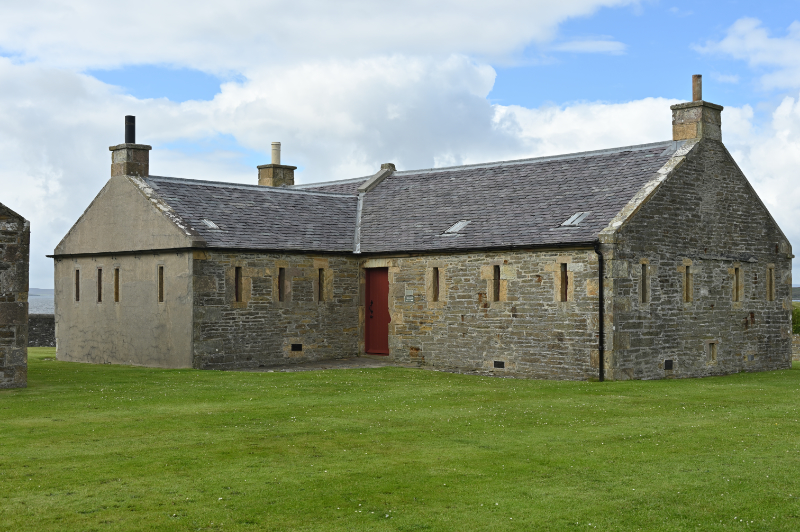
After seeing inside and learning about the barracks, we headed for the tower. There was only Gary and I on the tour, so I got to open up! (The slowest storming of a tower in history, Glen reckoned.) The key doesn’t just open the door, it’s also a defensive weapon. The shaft was hollow and could have been used like a tiny cannon.
There are three levels. We entered on the floor where the soldiers would have lived. The wall is seven foot thick there! There were fireplaces, but no chimneys (in this particular design). From the middle floor there is a spiral staircase down to where food and munitions were stored, and there’s also a cistern which collected drinking water from the roof. Another spiral staircase leads up to the top, and provides great views.
There are several forms of orchid which grow on Orkney. The most common, and in flower right now, are the brilliant magenta/purple Northern Marsh orchid (Dactylorhiza purpurella), and the Heath Spotted Orchid, which can look very similar except for the spots on its leaves, but may also come in paler shades – all vaguely purple.

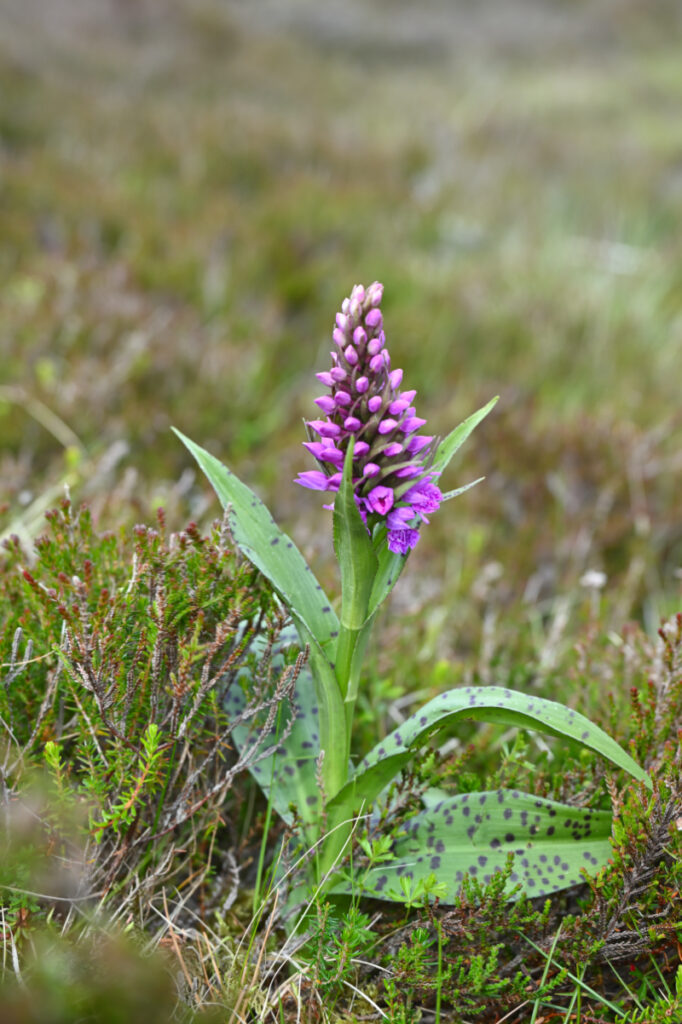
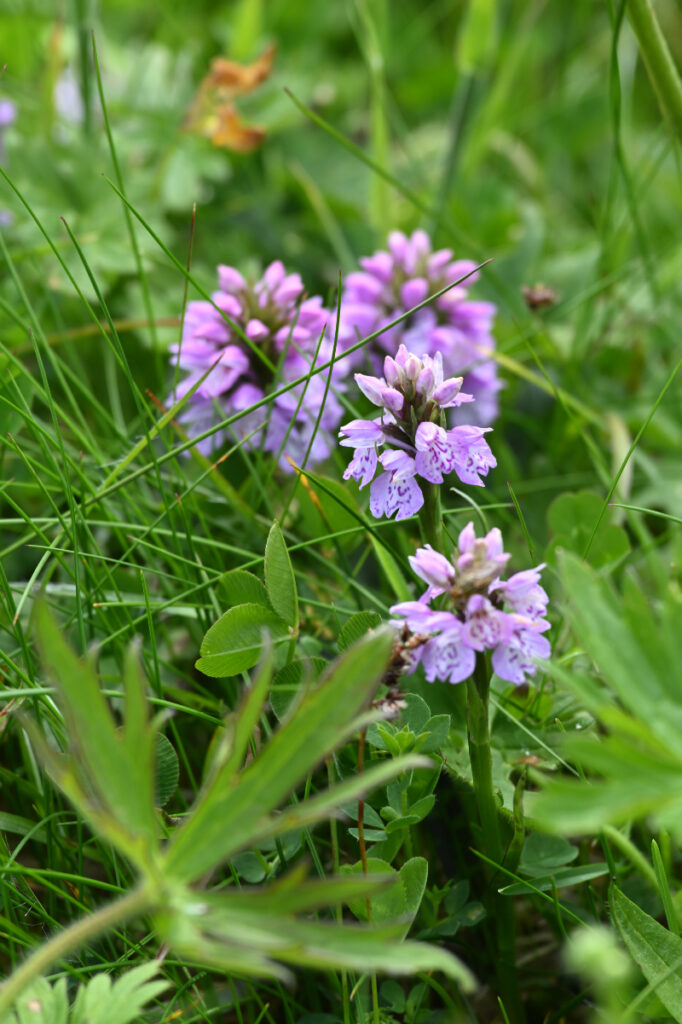
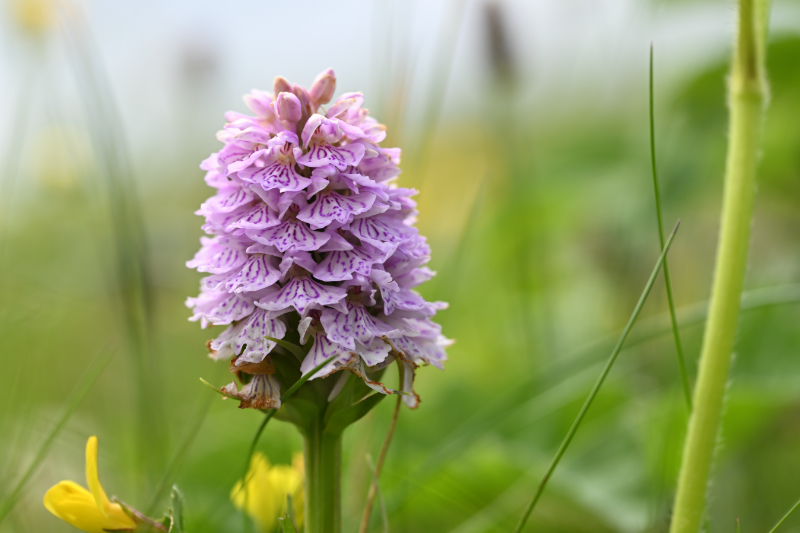
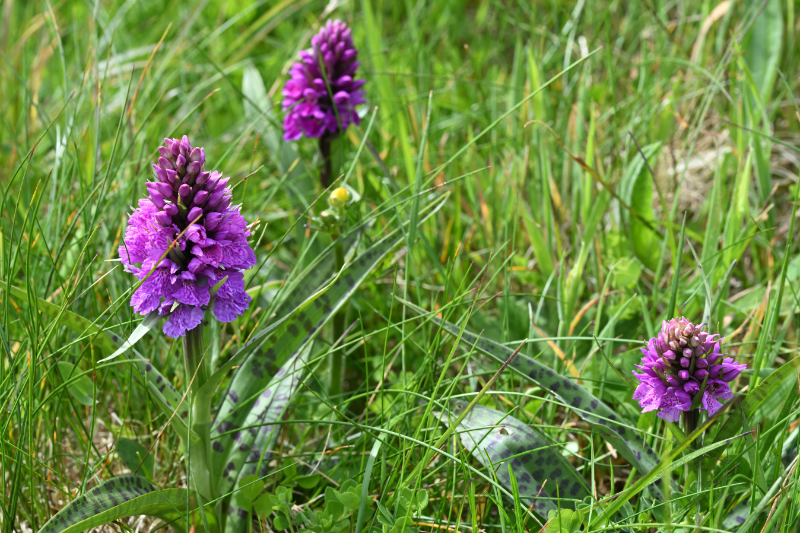
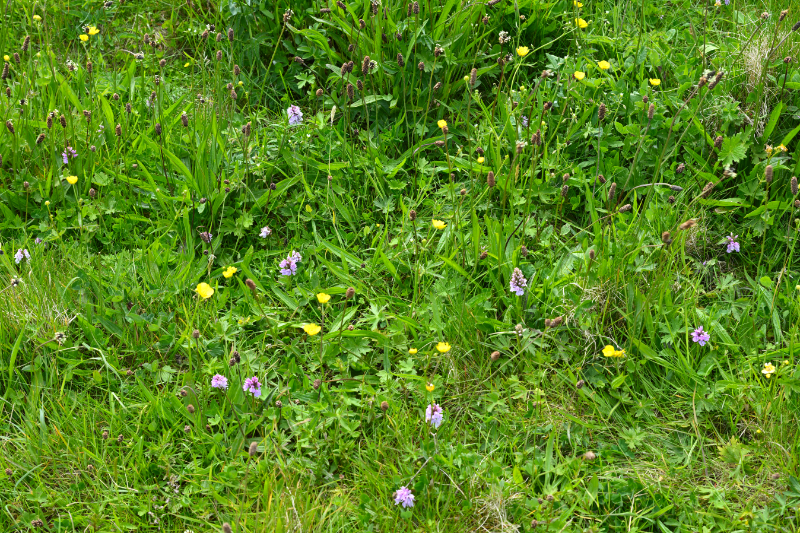
There lots of other wildflowers in shades of pinky purple too, including sea thrift, clover, thistles of course, campion, meadow cranesbill, Jacob’s ladder.
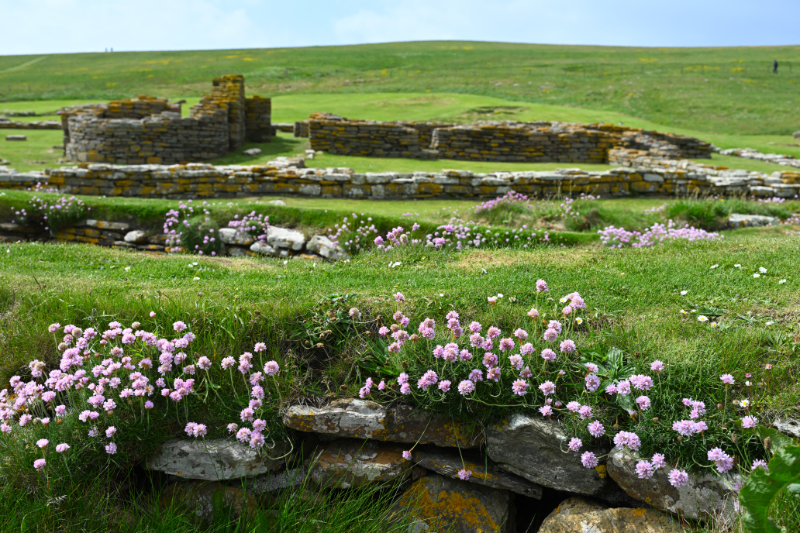
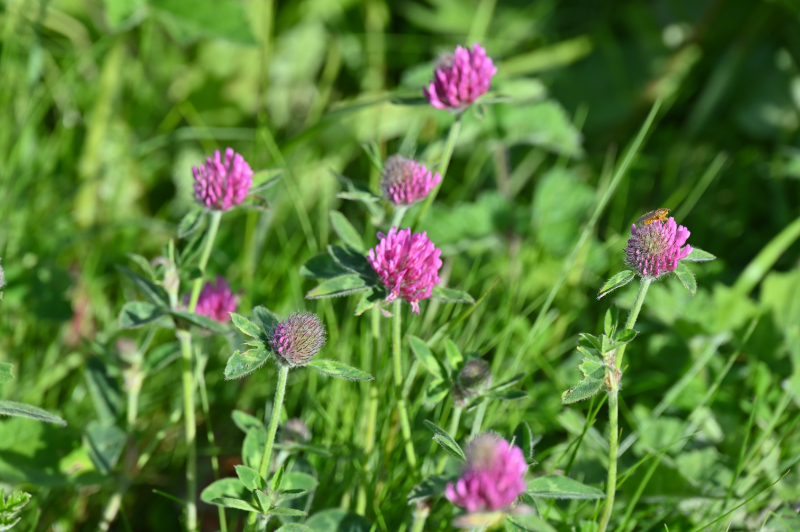
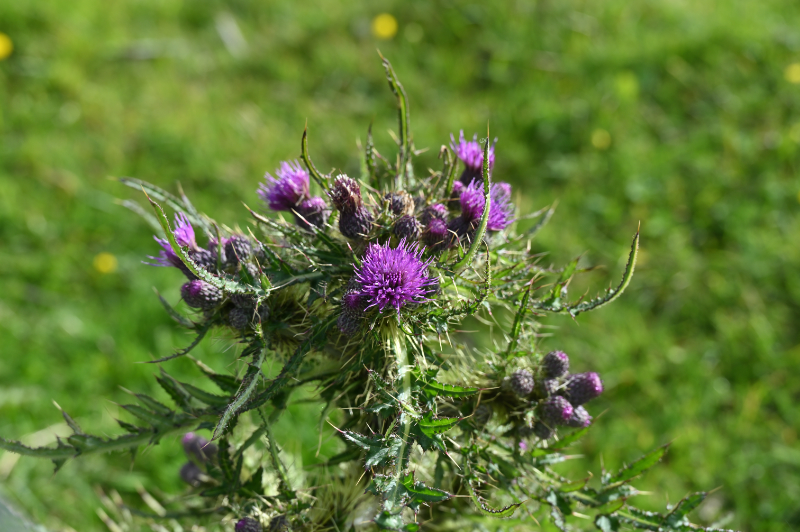

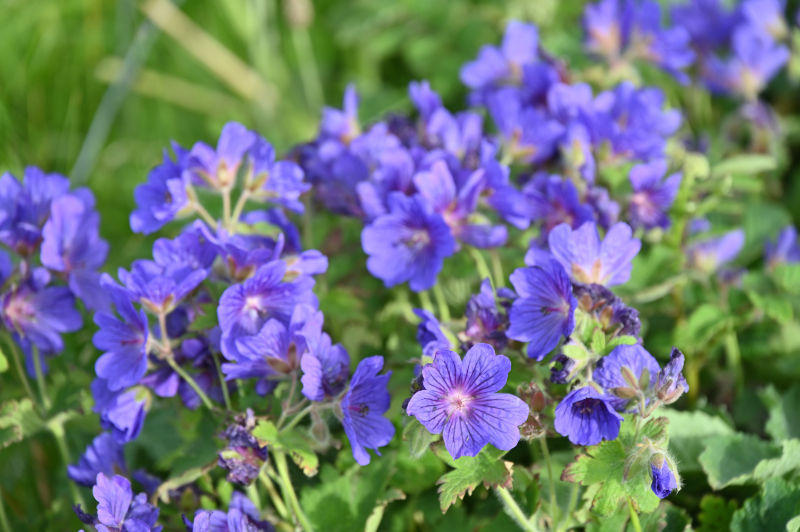
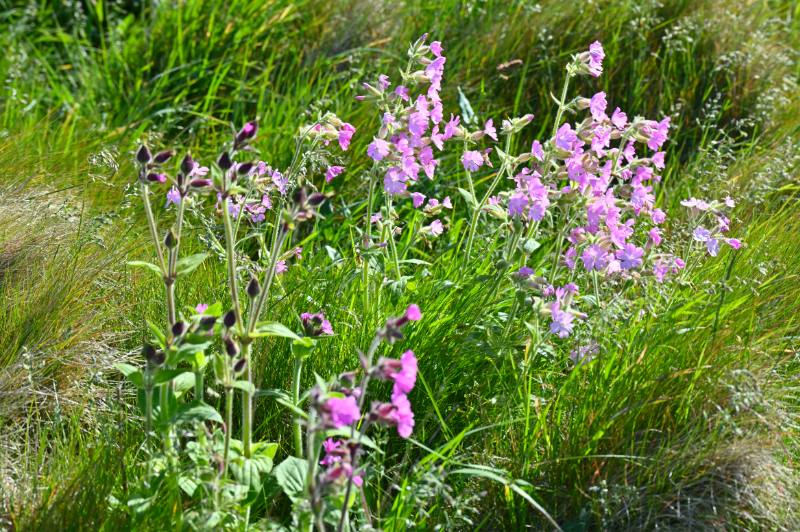
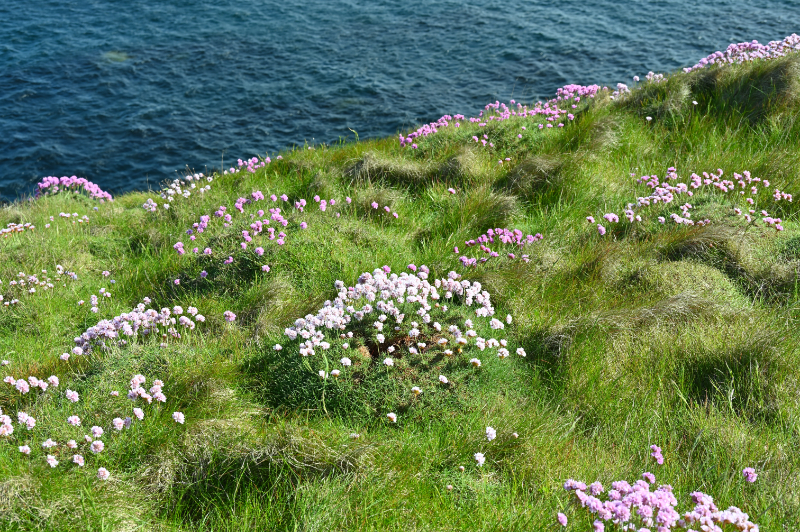
Brace yourself for a seamless transition…
Mallows are another type of purple coloured wild flower. They grow abundantly where I live when I’m not in the van – between Portsmouth and Southampton on the south coast of England. They helped inspire the name of the village where my cosy crime series is set, and feature on the covers.
The first book in my cosy mystery series, Disguised Murder and Community Spirit in Little Mallow is currently on offer for 99p / 99c.
Here’s what some reviewers have said about it –
‘A fun read, with lots of clues and red herrings’ 5 stars
‘a darn good mystery to solve. It kept me guessing till the end’ 5 stars
‘a great read in the cozy crime genre. The characters are well developed, the pace is just perfect and Crystal’s (the main character) voice is strong throughout’ 5 stars
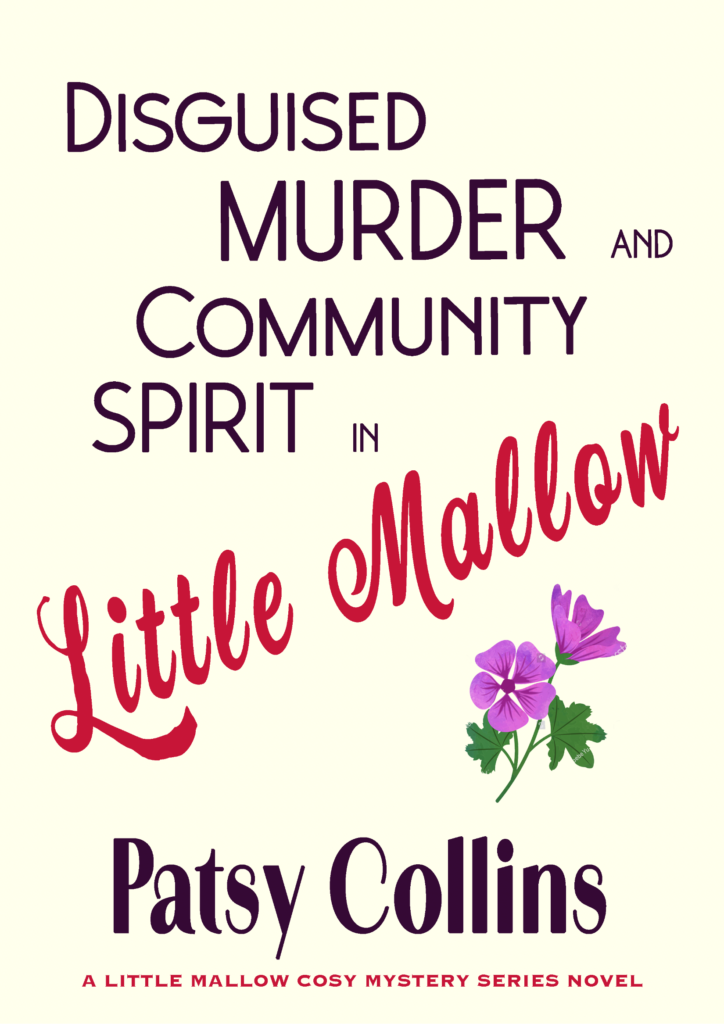
One of our main reasons for visiting Hoy (other than the excitement of the ferry crossing) was to see the ‘Old Man’ sea stack. From Rackwick where we stayed, it’s a very pleasant (if steep in places) five and a bit mile walk. We liked it so much we went out one evening, and again the next morning.

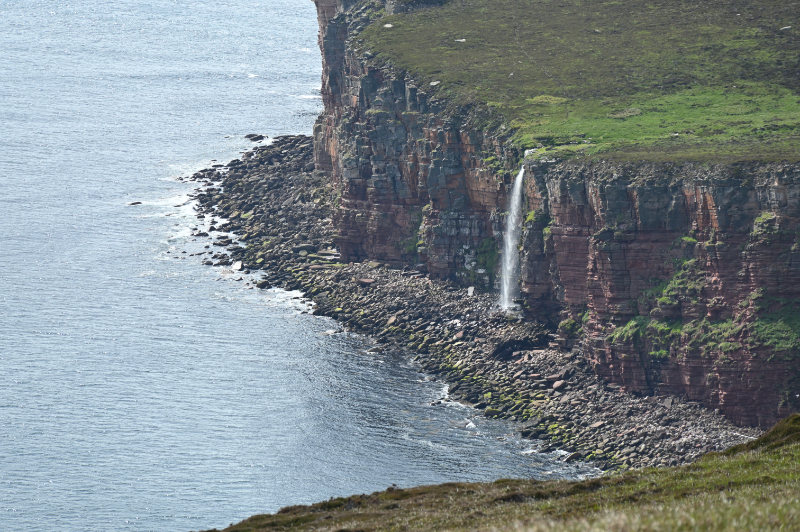

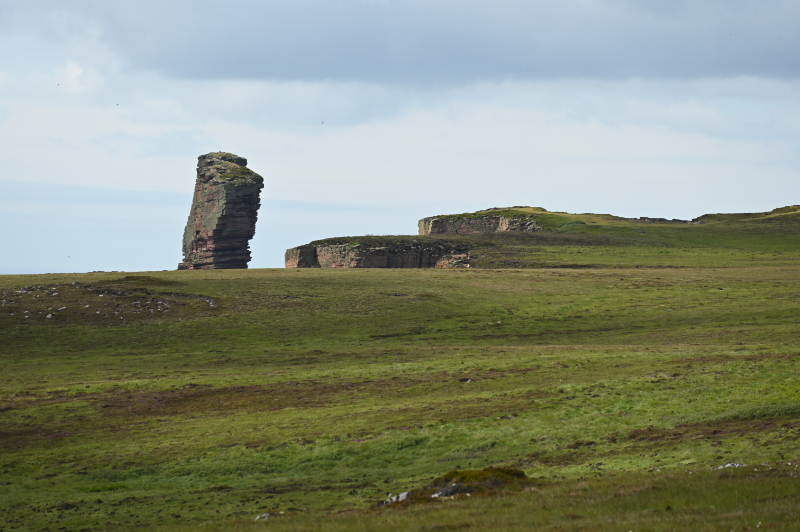
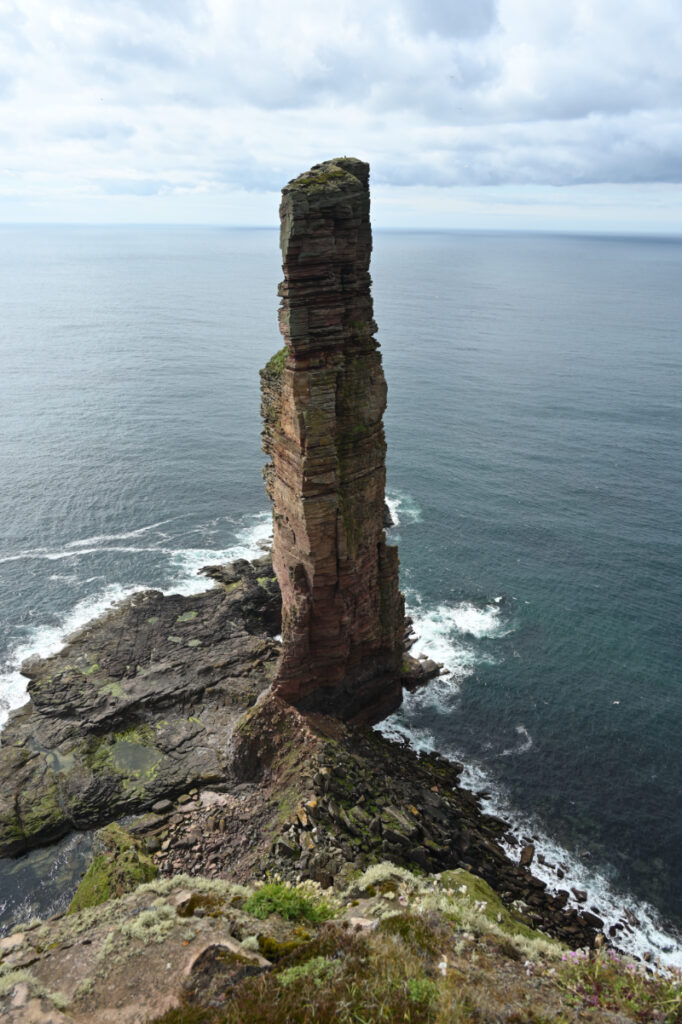
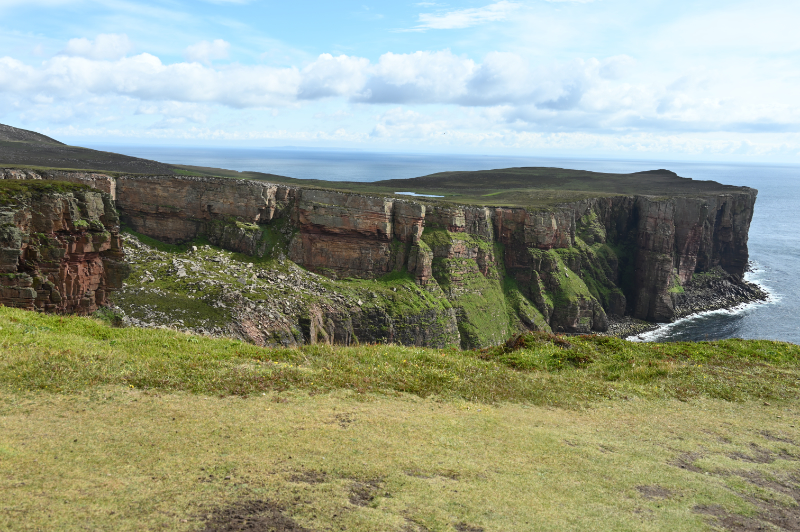
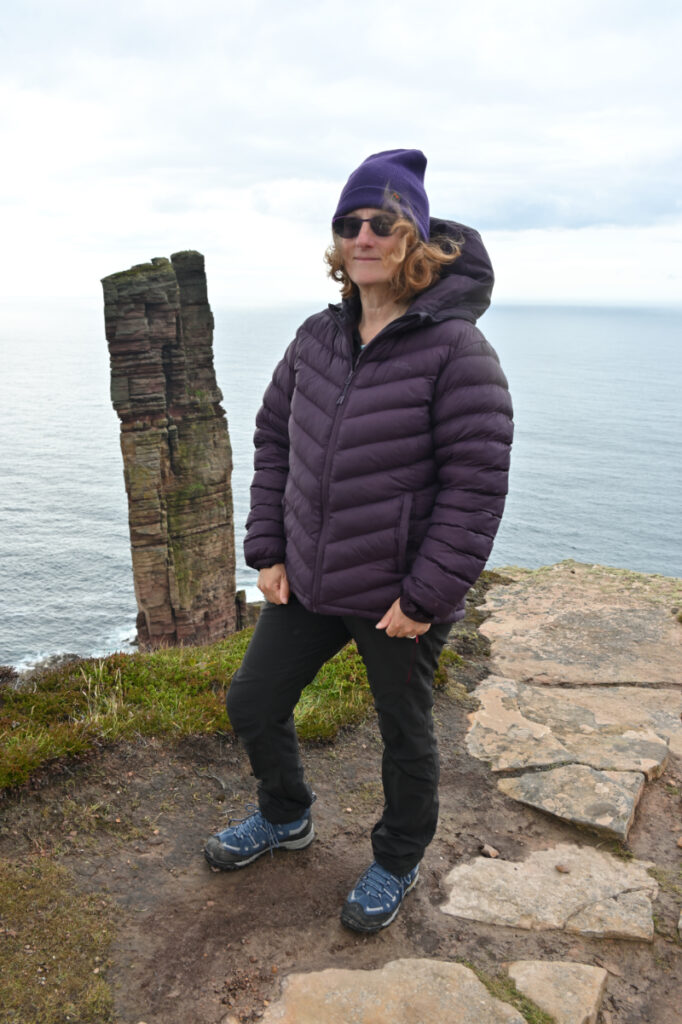
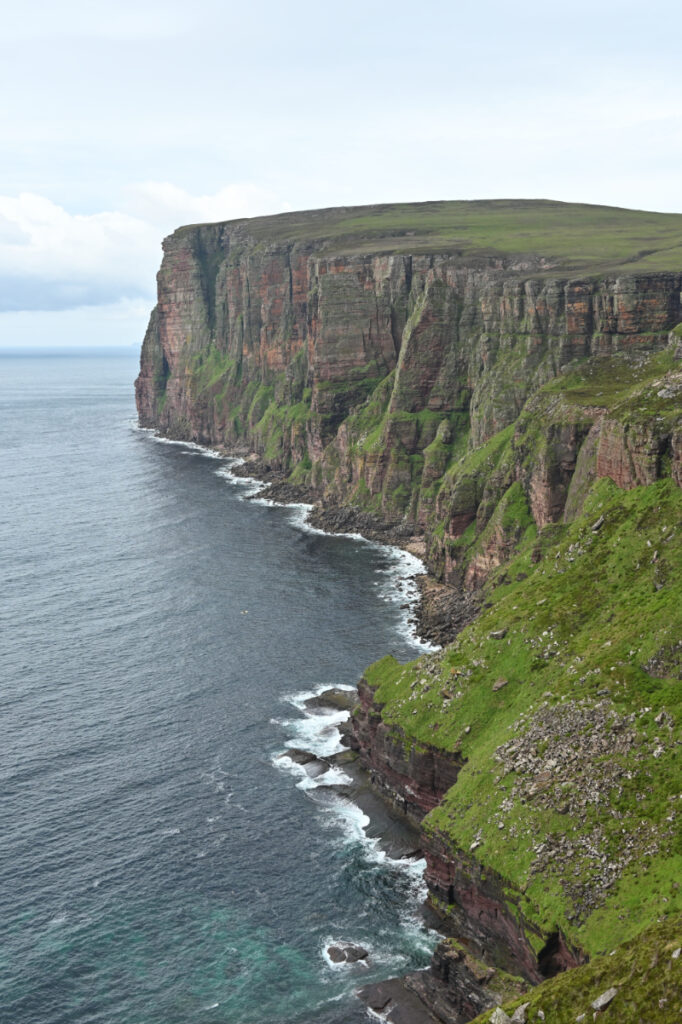

Rackwick bay is a popular place for people to stay on Hoy. One reason is the bothy – it’s very basic accommodation, but there’s a wood burner, table and chairs and camp beds – and a toilet next door. Perhaps, other than the lovely location, the main attraction is that it’s completely free.
We didn’t stay in the bothy, because you can also park your van there for free, and they provide toilets, waste disposal and water. You’re advised to boil the water, but as you have to do that to make tea, it wasn’t a problem!